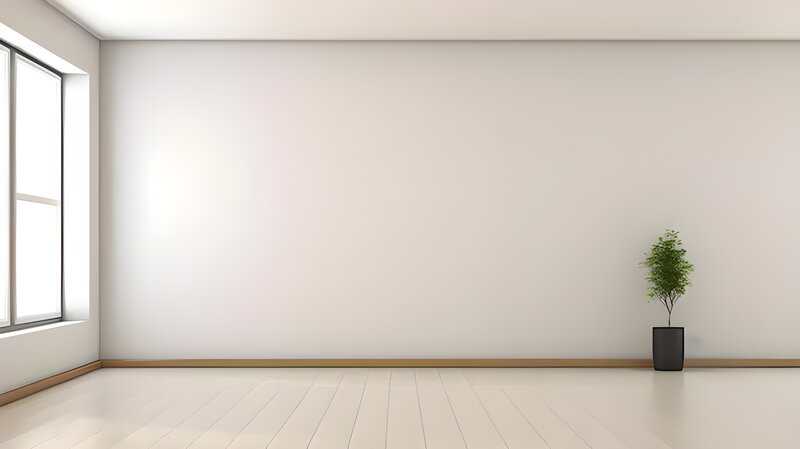Minimalism began as a way to clear out clutter and focus on what truly matters. But like any trend, it can go too far when taken to the extreme. What started as a path to simplicity and calm can end up feeling cold, impractical, and uncomfortable. In real homes, design choices that favor aesthetics over function can make daily life harder instead of easier. From kitchens without toasters to living rooms with nowhere to sit, these are the moments when “less is more” turned into “not enough.”
No Seating Except One Chair
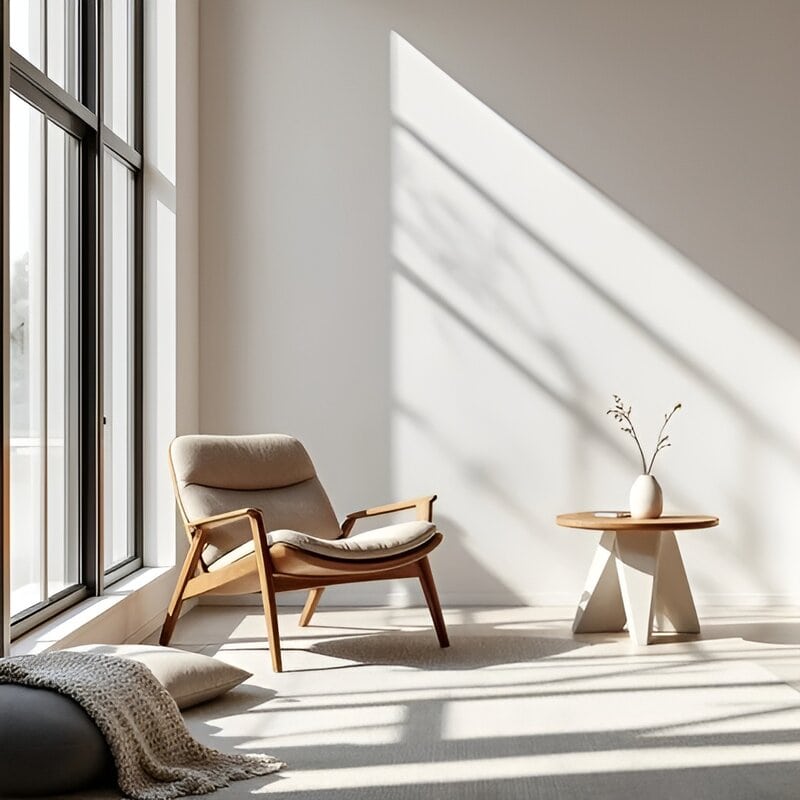
Some minimalist homes take “less is more” so seriously that they only offer a single chair—no couch, no recliner, nothing else. This might look artsy in a photo, but it’s completely impractical for real life. Guests have nowhere to sit, and even the resident ends up awkwardly shifting between the bed and the lone chair. Social gatherings become a logistical nightmare. Comfort is sacrificed for a curated aesthetic. The result? A home that looks more like a waiting room than a place to live. Seating shouldn’t be considered clutter.
Empty Walls with No Personality

Bare walls can give a clean look, but when every surface is devoid of art, color, or texture, the space can feel cold and unwelcoming. While some enjoy a serene environment, others find it lifeless and lacking identity. Art and decor are not just visual—they express personality. Minimalist purists might argue that adornments create noise, but in reality, they often spark joy. A blank canvas doesn’t always need to stay blank. Homes should tell a story, not feel like a showroom. A little character goes a long way.
Kitchens Without Basic Appliances

In some minimalist kitchens, the toaster, microwave, or even oven has been eliminated in the name of simplicity. The idea is that fewer appliances mean less clutter. But for those who actually cook, this setup turns daily tasks into a chore. It’s hard to make a grilled cheese or reheat leftovers without basic tools. Function should come before form in the kitchen. A sleek look means nothing if it doesn’t work for your lifestyle. A good kitchen balances minimalism with usability.
All-White Everything
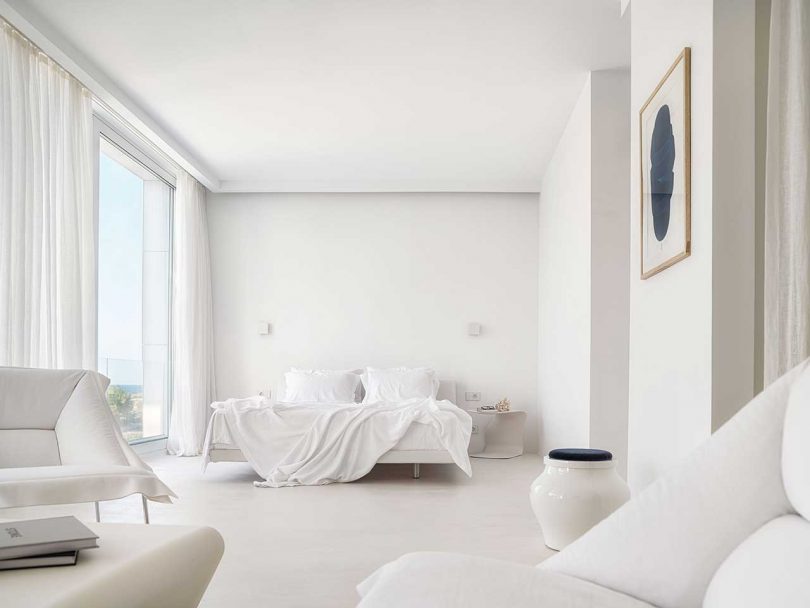
White walls, white furniture, white floors—minimalist interiors often rely on monochromatic palettes to evoke calm. But too much white can feel sterile, like a hospital rather than a home. It’s also incredibly impractical for families, pets, or anyone who enjoys red wine or coffee. Dirt and stains stand out, demanding constant maintenance. A splash of color doesn’t destroy the minimalist vibe; it adds warmth and livability. There’s a fine line between minimalist and museum-like. Homes should invite comfort, not fear of mess.
Hidden Storage That’s Too Hidden
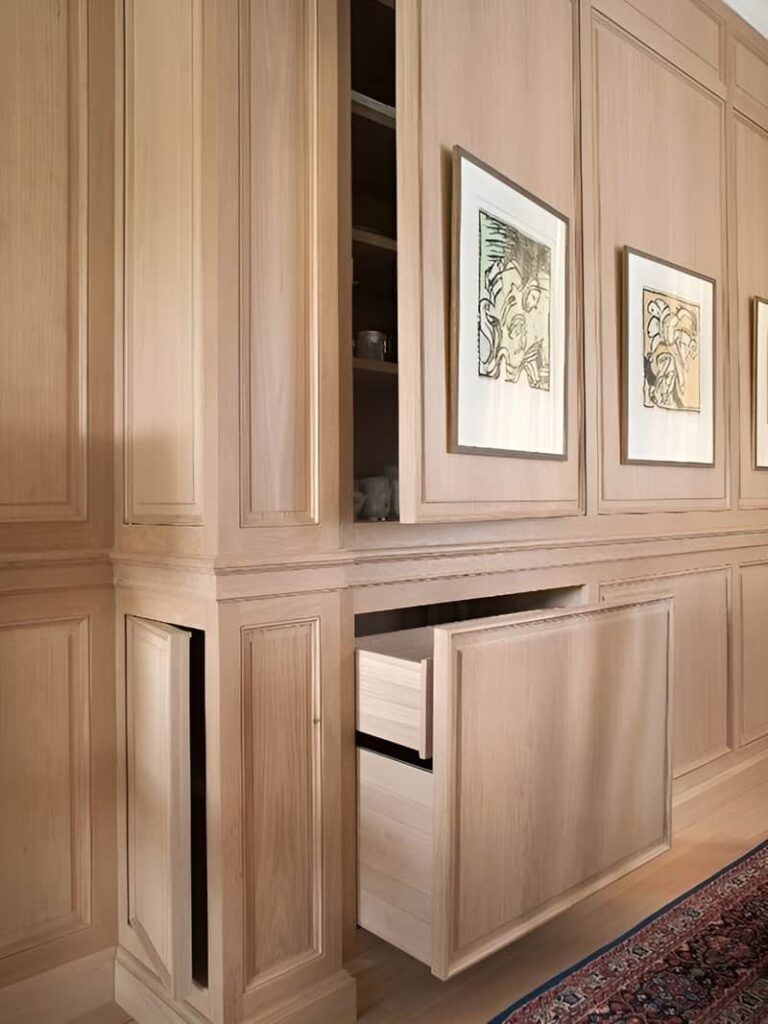
Minimalist designs often favor hidden storage to maintain clean lines. But when everyday items are buried behind panels or disguised as part of the wall, they become hard to access. Forgetting where things are becomes a frequent issue. Opening ten cabinets just to find a glass of water isn’t efficient—it’s frustrating. Sometimes, function should trump form. Visible storage can still be tidy and intentional. When you’re constantly searching for your stuff, the design has failed.
Furniture That’s More Sculpture Than Seat

Minimalism sometimes prioritizes aesthetics so much that comfort takes a back seat. Think rigid chairs, backless benches, or “seating” made of concrete. These pieces may look stunning in photos, but they’re not inviting after a long day. A chair should be more than just art—it should support your back. Living in discomfort just to maintain a design aesthetic defeats the purpose of a home. Beauty should never come at the cost of usability.
No Nightstands or Bedside Storage

In ultra-minimalist bedrooms, the bed might float alone in the room with nothing nearby. No lamp, no place to set your phone, book, or glass of water. While the emptiness may look serene, it’s a major inconvenience. Most people need a spot to place essentials within arm’s reach. The aesthetic of floating furniture quickly wears off when it results in middle-of-the-night stumbles. Nightstands are practical, not clutter. Don’t sacrifice convenience for the sake of minimal optics.
Bare Windows with No Curtains
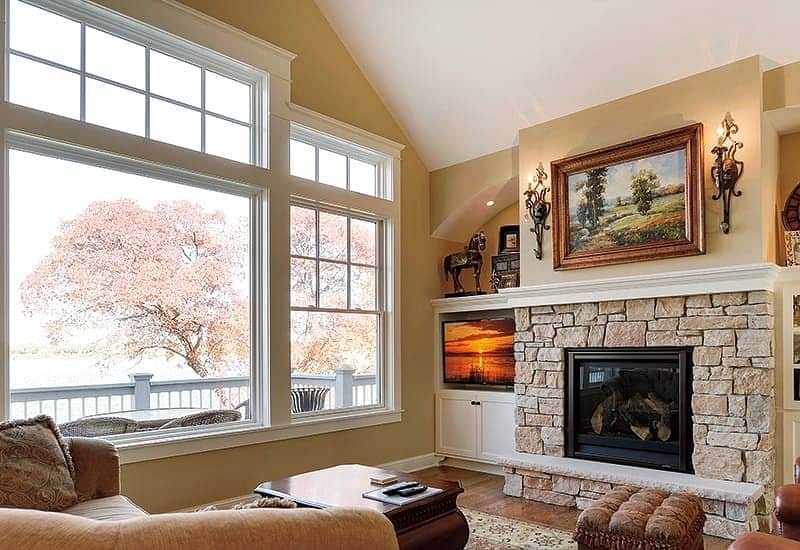
Natural light is wonderful, but not when it comes at the cost of privacy. Some minimalists opt for no window treatments at all, claiming curtains are unnecessary fluff. But when the sun blazes in or nosy neighbors peek through, it’s not so zen anymore. Even sheer drapes can provide softness and subtle texture. A home should be a sanctuary, not a fishbowl. Curtains don’t have to be heavy or ornate to be useful.
Living Rooms with No Entertainment Area

In some minimalist homes, TVs are banned and entertainment centers are deemed clutter. The idea is to promote mindfulness and conversation. But not everyone wants to meditate 24/7. Sometimes you just want to unwind with Netflix. A media setup can be clean, modern, and minimalist with the right design. Removing entertainment options altogether can make a home feel more like a retreat center than a living space. Balance is key.
No Clocks Anywhere

Minimalist design often removes anything deemed “nonessential,” and clocks are sometimes included in that category. However, for those who prefer not to rely solely on their phones or smart devices, a wall clock is a useful tool. It can also serve as a stylish piece of decor. Removing clocks altogether sacrifices practicality for aesthetics, as people still need to keep track of time. A simple, elegant clock adds both functionality and personality to a home.
Eliminating Bookshelves
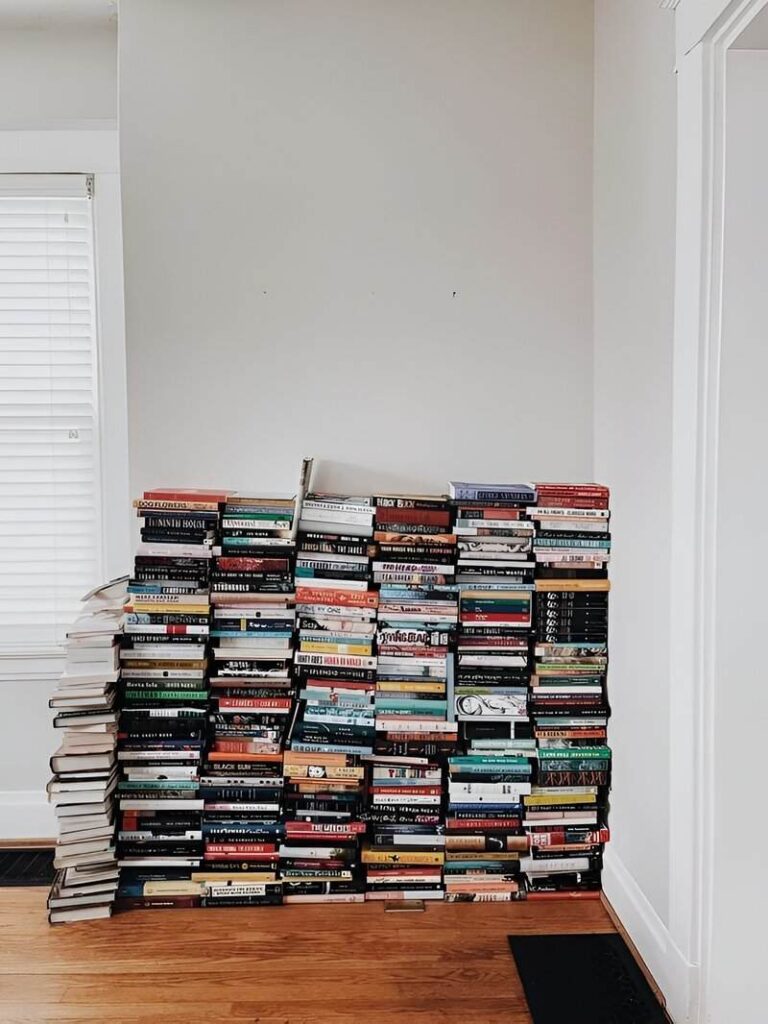
Books are often seen as visual clutter in extreme minimalist homes. While some choose to digitize their entire library, bookshelves provide warmth, personality, and a sense of home. A home without books can feel sterile and devoid of character. Shelving doesn’t have to be overwhelming; it can be done in a clean, organized way that still showcases personal interests. A minimalist home should allow for passions, and books are often at the heart of that.
Kitchens With Only One Pan

Streamlining cookware makes sense, but some minimalist homes reduce their tools to one pan or pot. That might work for a bachelor who only eats ramen, but for anyone who cooks real meals, it’s a nightmare. Cooking becomes a juggling act of washing and reusing the same pan repeatedly. Efficiency takes a hit. Owning the right tools doesn’t mean clutter—it means preparation. There’s nothing minimalist about chaos in the kitchen.
No Visible Lighting Fixtures

Recessed lighting may offer a sleek, modern look, but when a minimalist home eliminates all visible light fixtures, it can leave the space dim and lacking warmth. Lighting is essential for setting the mood and functionality of a room, but it shouldn’t be hidden away for the sake of aesthetics. Functional and stylish light fixtures can enhance a minimalist space without disrupting the design. A well-placed lamp or pendant light not only illuminates but also serves as an accent piece. Removing light sources entirely compromises both ambiance and practicality. A minimalist home should embrace lighting as part of the design, not hide it completely.
Impractically Sparse Bathrooms

Minimalist bathrooms often include just a sink, toilet, and shower—no counters, no storage, sometimes not even towel racks. But real-life routines require space for toiletries, grooming items, and other essentials. Constantly storing and retrieving things from another room is inefficient. Streamlined shouldn’t mean stripped-down. A spa-like vibe still needs to function like a bathroom. You shouldn’t have to fight for space every morning.
No Personal Photos or Mementos

Minimalism often shuns anything deemed “sentimental clutter.” But removing every personal touch—photos, keepsakes, even a kid’s artwork—can strip a home of its soul. Personal mementos are reminders of what matters most. A house without them can feel more like a showroom than a sanctuary. These items connect us to our memories, loved ones, and life experiences. It’s possible to display them tastefully without overwhelming a space. Sentiment isn’t the enemy of simplicity.
Open Shelving with Almost Nothing On It
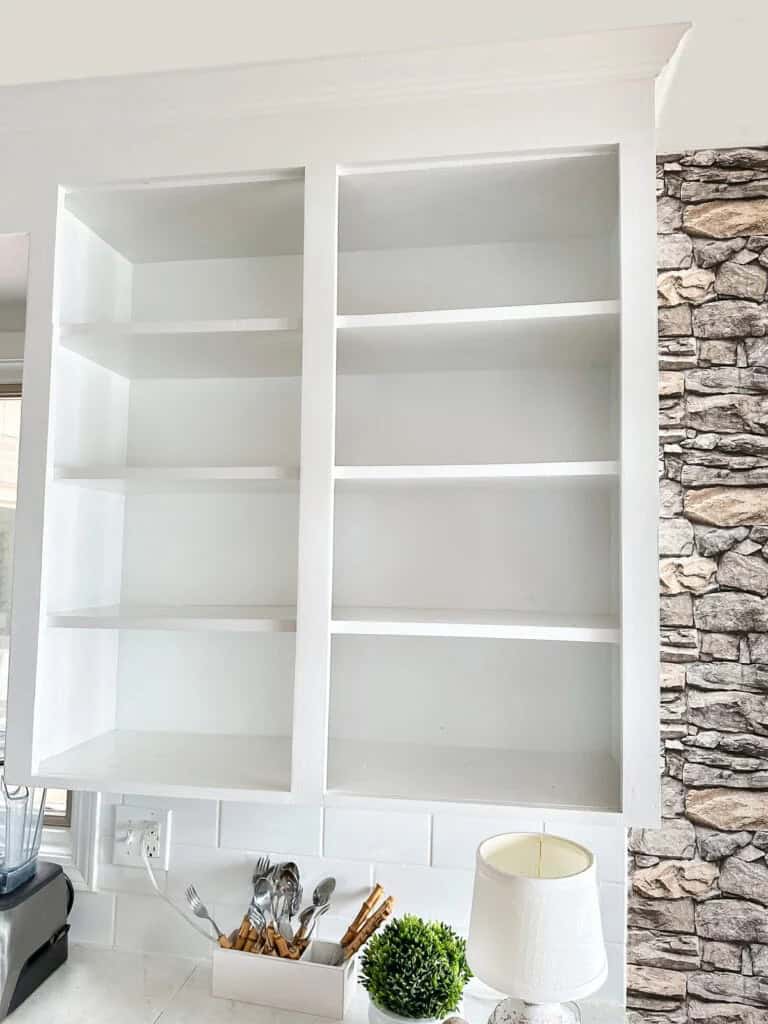
Open shelving can look clean and modern, but when the shelves are practically empty, it feels like wasted space. Instead of functional storage, they become barren decor. This forces people to hide everything elsewhere or go without useful items. The aesthetic ends up trumping practicality. A few well-chosen objects or dishes can strike the right balance. Shelving should serve a purpose, not just exist to look blank. Underusing storage is its own form of clutter.
All Function, No Comfort
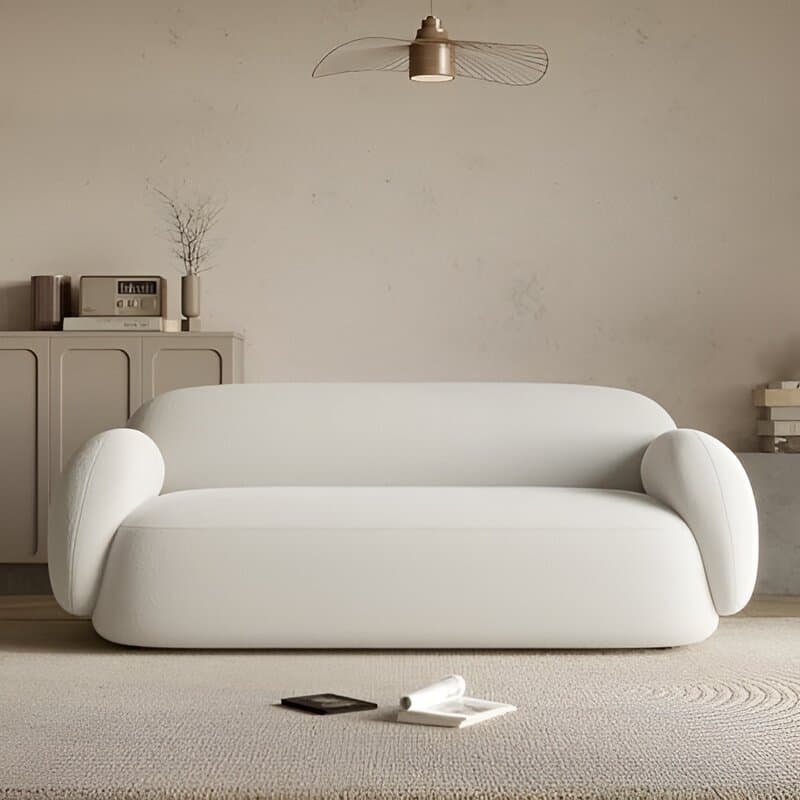
Some minimalist homes are designed with zero cozy elements—no throws, no cushions, no rugs. The result is often hard, cold, and visually sterile. Comfort is essential for livability. A soft throw or plush rug doesn’t make a home “cluttered”; it makes it inviting. There’s nothing wrong with simplicity that includes softness. You should feel relaxed in your own home, not like you’re walking through an art gallery. Design should support real life, not just Instagram feeds.
Cabinets Without Handles

To maintain a “clean” look, some minimalist kitchens eliminate drawer and cabinet handles altogether, opting for push-latch systems or hidden grooves. While sleek, these designs often sacrifice ease of use. Opening a drawer shouldn’t require technique. Handles are functional, and there’s nothing wrong with them looking good too. Removing them purely for aesthetics can lead to constant smudging and frustration. Design should make your life easier, not more finicky.
No Room for Guests

Some minimalist homes are designed strictly for the people who live there, with no accommodations for visitors. There’s no guest bed, no extra chairs, and sometimes not even a space to sit and chat. While it might suit a quiet, solitary lifestyle, it makes hosting awkward or even impossible. Hospitality is a cornerstone of feeling connected, and a home should have the flexibility to welcome others. Minimalism doesn’t mean shutting the door to community. A simple daybed, a few extra seats, or a fold-out option can make a big difference. Making space for guests shows your home is not just a design statement, but a place to share.
No Design Contrast

Minimalism often focuses on uniformity—matching textures, colors, and finishes throughout the home. But when everything blends together too perfectly, the space can feel flat and uninspired. Contrast creates visual interest and gives the eye something to engage with. Without it, rooms can feel sterile or even monotonous. A pop of color, a mix of materials, or varied shapes can add life while still maintaining a clean look. Even a minimalist space benefits from layers and depth. Uniformity shouldn’t come at the cost of character.
Eliminating Rugs Completely

Rugs anchor a space, soften sound, and provide warmth—both visual and literal. Extreme minimalists sometimes skip them entirely, leaving cold, echoey floors. This might work in a magazine shoot, but not in real life. Rugs are more than just decor; they’re a comfort element. Bare floors can feel incomplete and impersonal. You don’t need wall-to-wall fluff, but a well-chosen rug enhances any room. It’s a simple way to add style without breaking the minimalist vibe.
Dining Areas With Only Stools

Stools around a counter might save space, but they don’t replace a proper dining setup. Without back support or cushion, long meals become uncomfortable. Hosting becomes awkward. And not everyone wants to eat every meal perched at a kitchen island. Minimalism doesn’t have to mean austerity. A small dining table can still be simple and sleek. Don’t let design decisions undermine daily rituals like shared meals.
Eliminating Closets
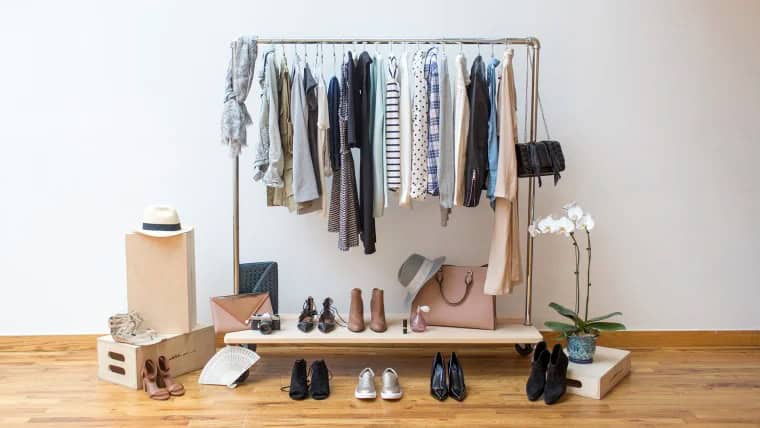
Some minimalist homes go so far as to remove closets entirely, opting instead for open clothing racks or capsule wardrobes. While this can look stylish in curated photos, it often lacks the practicality needed for everyday life. Clothes accumulate over time, even for dedicated minimalists. Without proper storage, items end up scattered or crammed into makeshift spaces. Built-in closets offer discreet, efficient organization that keeps everything accessible and tidy. Decluttering doesn’t have to mean ditching functional storage. There’s a big difference between minimal and impractical.
Removing Kids’ Toys for Aesthetic
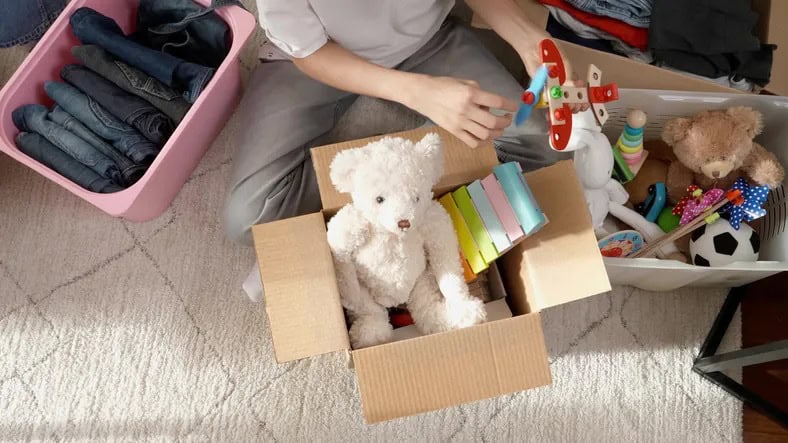
Some minimalist parents drastically reduce the number of toys in their homes to maintain a tidy, curated look. While a clean space can be calming, children thrive in environments that stimulate creativity and play. Toys are not just objects—they’re tools for learning, growth, and imagination. Over-restricting them can lead to boredom and stifled development. It’s possible to keep toys organized without eliminating them entirely. A few colorful playthings won’t ruin your aesthetic, but they will enrich your child’s world. Minimalism should support family life, not suppress it.
Overusing Built-In Everything

Built-ins can be sleek and space-saving, but when everything in a home is built-in—beds, desks, sofas—it limits flexibility. What looks tidy and custom can quickly become restrictive as needs change. Rearranging furniture or repurposing a room becomes nearly impossible. Built-ins also tend to lack the warmth and softness that movable pieces bring. There’s a difference between thoughtful integration and over-engineering. A home should evolve with the people living in it. Too many built-ins make it feel like the house is in charge, not you.
Cold, Hard Flooring with No Softness
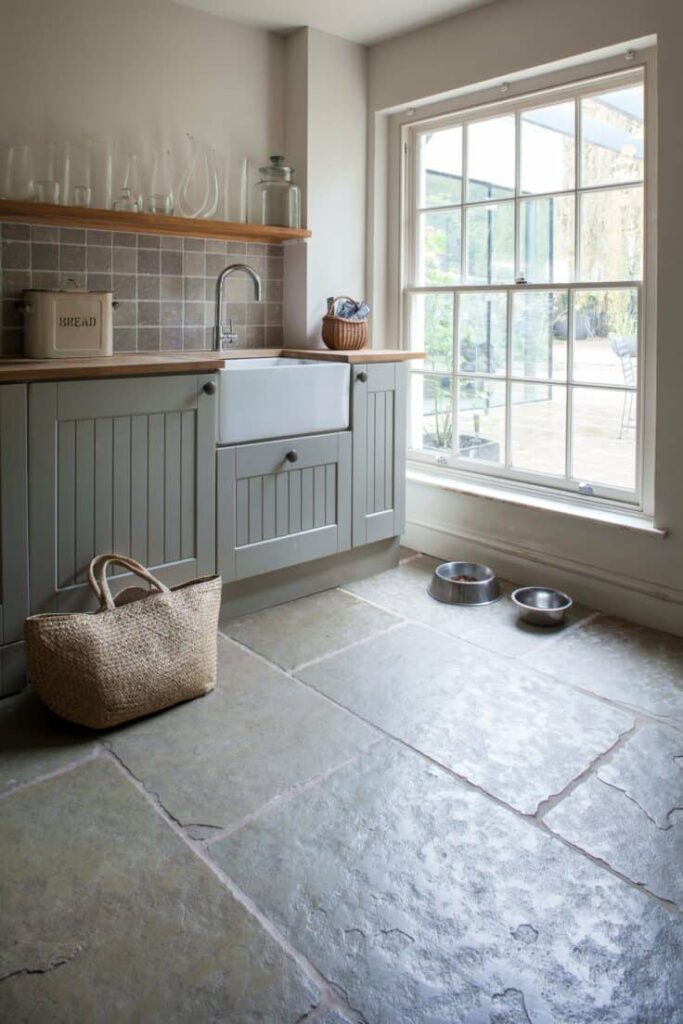
Concrete or stone floors are common in minimalist designs, offering a sleek and modern look. However, without rugs or any soft surfaces, they can feel uninviting and physically uncomfortable. These floors are hard on the feet, echo loudly, and lack warmth—both literally and aesthetically. A home should not only look good but also feel good to live in. Even one well-placed rug can dramatically improve the comfort and acoustics of a room. Softness doesn’t ruin minimalism—it enhances it. There’s a difference between clean design and cold design, and that line is often drawn underfoot.
Sparse Bedrooms That Feel Like Monasteries
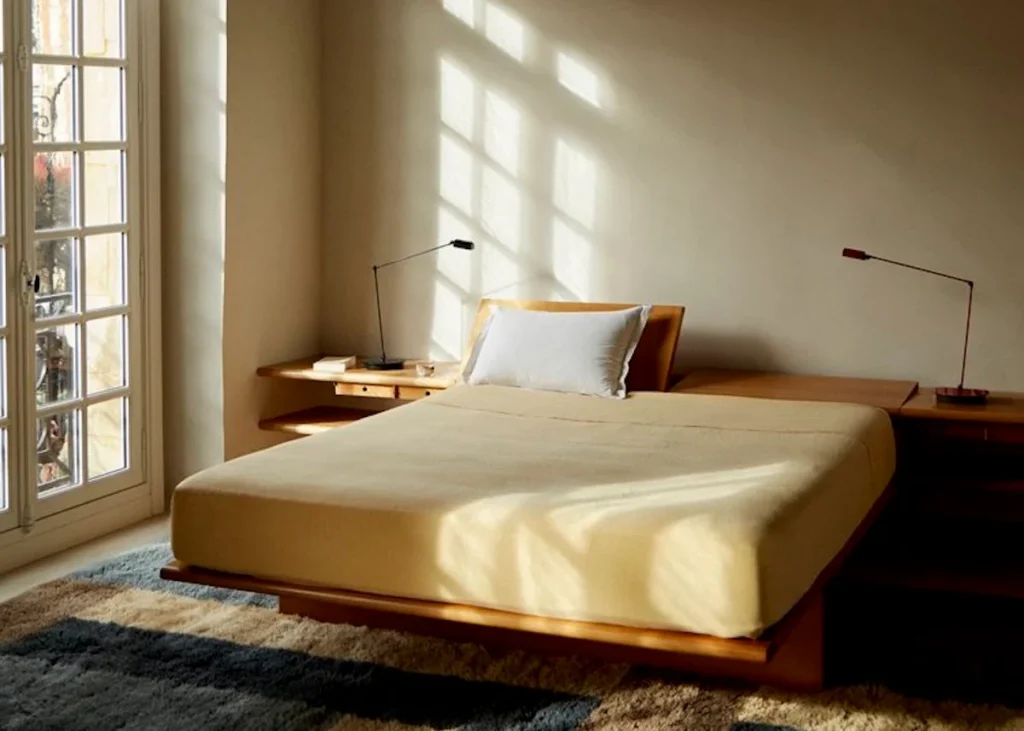
Minimalist bedrooms aim for calm, but some go so far they resemble monk cells. With no headboard, no curtains, and nothing on the walls, the space can feel cold and empty. While the idea is to eliminate distractions, it often eliminates comfort too. A bedroom should be a restful retreat, not a sterile void. Texture, color, and softness make a space feel human. You don’t need clutter to create coziness. Even minimalism should make room for warmth and rest.
Removing Doors for “Flow”
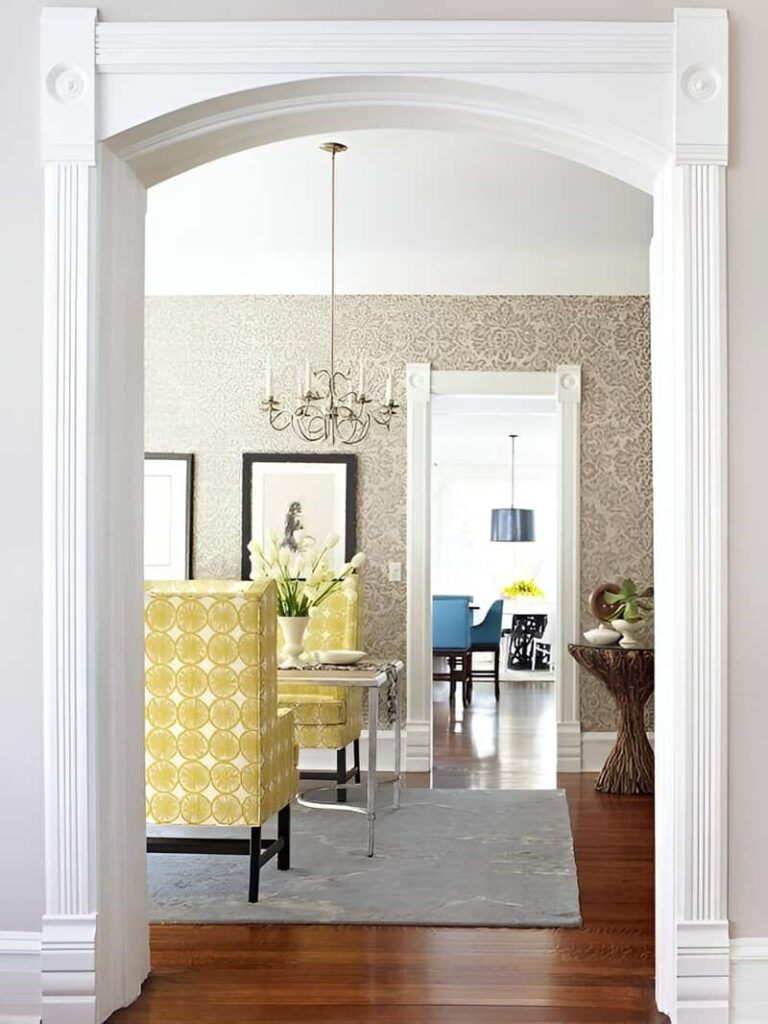
To create a sense of openness, some minimalist homes eliminate doors between rooms. The goal is to increase light, improve air circulation, and enhance visual continuity. While it may look sleek and modern, this choice often sacrifices privacy. Bedrooms and bathrooms, in particular, benefit from the ability to close off space when needed. Living without doors can be uncomfortable in shared homes or when guests are over. It also removes sound barriers, making it harder to find peace and quiet. A minimalist home can still be open without eliminating basic boundaries.
No Plants Because They’re “Messy”

Some extreme minimalists avoid having any plants in their homes, claiming they disrupt the clean, controlled aesthetic. They’re seen as “messy” because of fallen leaves, soil spills, or the need for regular care. But in reality, plants offer so much more than visual noise. They bring life, color, and a sense of calm that no piece of furniture can replicate. Studies even show that indoor plants improve air quality and reduce stress. A few well-chosen plants can complement a minimalist space without overwhelming it. Embracing nature doesn’t add clutter—it adds character.
Eliminating Entryway Storage

Some minimalist homes skip entryway storage to avoid a cluttered first impression. No hooks, no bench, no console table—just a bare wall or an empty hallway. But this means shoes, coats, bags, and keys have no home. That leads to more clutter elsewhere or constant scrambling to find essentials. A well-designed entry isn’t messy—it’s functional. You can keep it simple without making it useless. Even minimalism needs a place to land.

